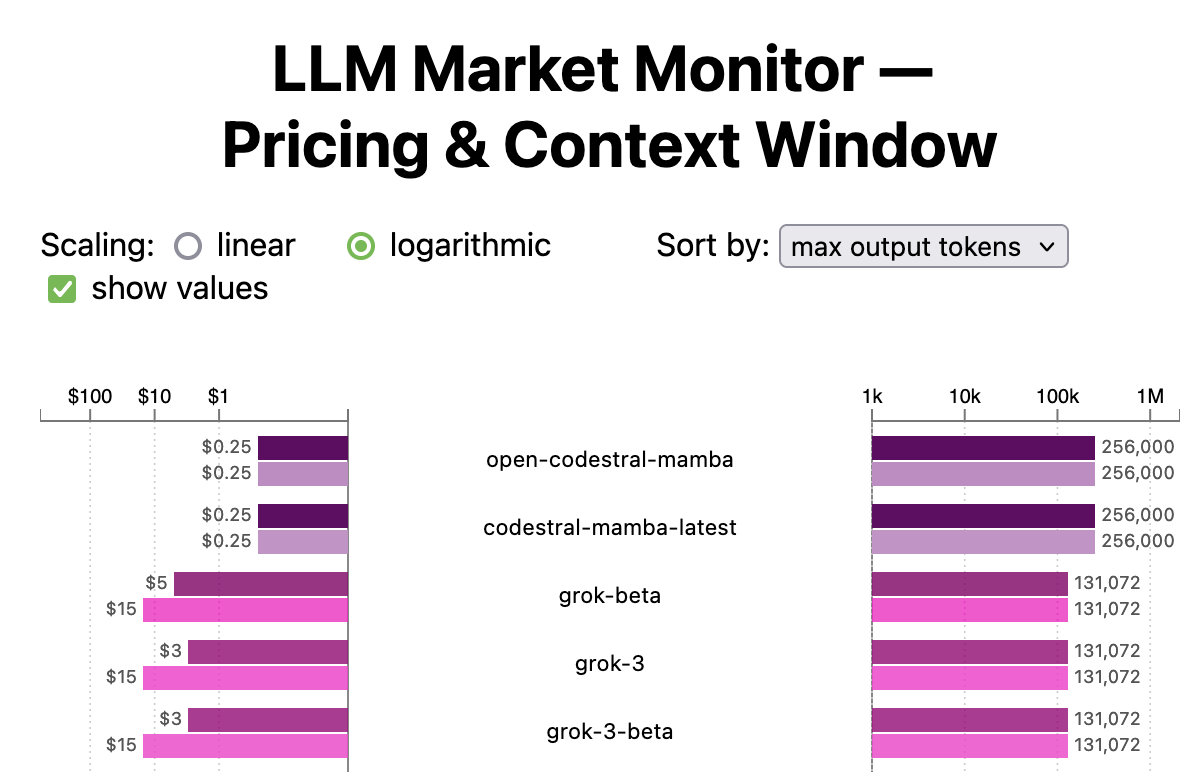Market Demand
The exponential growth of unstructured data presents unprecedented challenges for modern enterprises. Organizations struggle with information retrieval from vast document repositories, complex codebases, and multi-format content libraries. Traditional approaches fail when dealing with ultra-long documents where critical information exists as needles in haystacks.
Current market solutions suffer from fundamental limitations: simplistic text chunking destroys contextual relationships, vector-based retrieval misses nuanced semantic connections, and single-query approaches cannot capture the multi-faceted nature of complex information needs. Enterprise clients demand intelligent systems that can navigate extensive content while maintaining precision and contextual awareness.
The regulatory landscape further intensifies these demands. Organizations require auditable information retrieval processes that can demonstrate how conclusions were reached from source materials. This creates a compelling market opportunity for solutions that combine advanced context management with transparent, explainable AI architectures.
Core Technology
Our approach revolutionizes context management through intelligent document orchestration and multi-perspective information synthesis. Rather than conventional chunking methods, we implement contextually-aware segmentation where each section contains both local detail and global document summaries.
Advanced Summarization Architecture: We deploy multiple summarization strategies tailored to query characteristics, creating rich contextual representations that preserve semantic relationships across document boundaries.
Orchestrated Query Processing: Instead of single-query approaches, our system executes hundreds of targeted queries across intelligently segmented content, synthesizing results through sophisticated information fusion algorithms.
Hierarchical Information Forests: We construct multi-layered data representations that operate beyond token-level embeddings, working with sentence-level, concept-level, and document-level semantic structures inspired by Meta’s Large Concept Model research.
Solution Architecture
Our solution integrates three complementary processing layers optimized for different operational contexts:
Enterprise Architecture Integration: Frontend models handle comprehensive code bases and architectural decisions for smaller projects, while serving as strategic oversight for large-scale implementations.
Continuous Development Support: Flat-rate coding assistants provide essential day-to-day development support, optimized for sustained productivity across development teams.
High-Context Local Processing: Self-hosted LLMs with 500K-1M token contexts handle extensive codebase analysis, standard refactoring operations, and complex architectural assessments, enhanced by RAG tooling and intelligent search capabilities.
This tiered approach ensures cost optimization while maintaining performance across diverse operational requirements, from rapid prototyping to enterprise-scale implementations.
Unique Technology Attributes
Contextual Preservation: Our segmentation algorithms maintain global document awareness within local sections, preventing the information fragmentation that plagues traditional chunking approaches.
Multi-Criteria Adaptive Summarization: Dynamic summarization strategies adjust to query characteristics, ensuring optimal information density for specific analytical requirements.
Orchestrated Intelligence: Systematic deployment of multiple query perspectives creates comprehensive information coverage while maintaining computational efficiency.
Semantic Hierarchy Processing: Advanced embedding techniques operate across multiple abstraction levels, from tokens to concepts to document-wide themes, enabling unprecedented contextual understanding.
Auditable Information Pathways: Complete traceability of information retrieval and synthesis processes ensures regulatory compliance while maintaining operational transparency.
Cost-Optimized Routing: Intelligent preprocessing determines optimal processing strategies, balancing context requirements with computational resources for sustainable enterprise deployment.
These technological advantages position our solution at the forefront of intelligent information management, delivering measurable improvements in accuracy, efficiency, and regulatory compliance for enterprise clients navigating the complexities of modern data landscapes.
